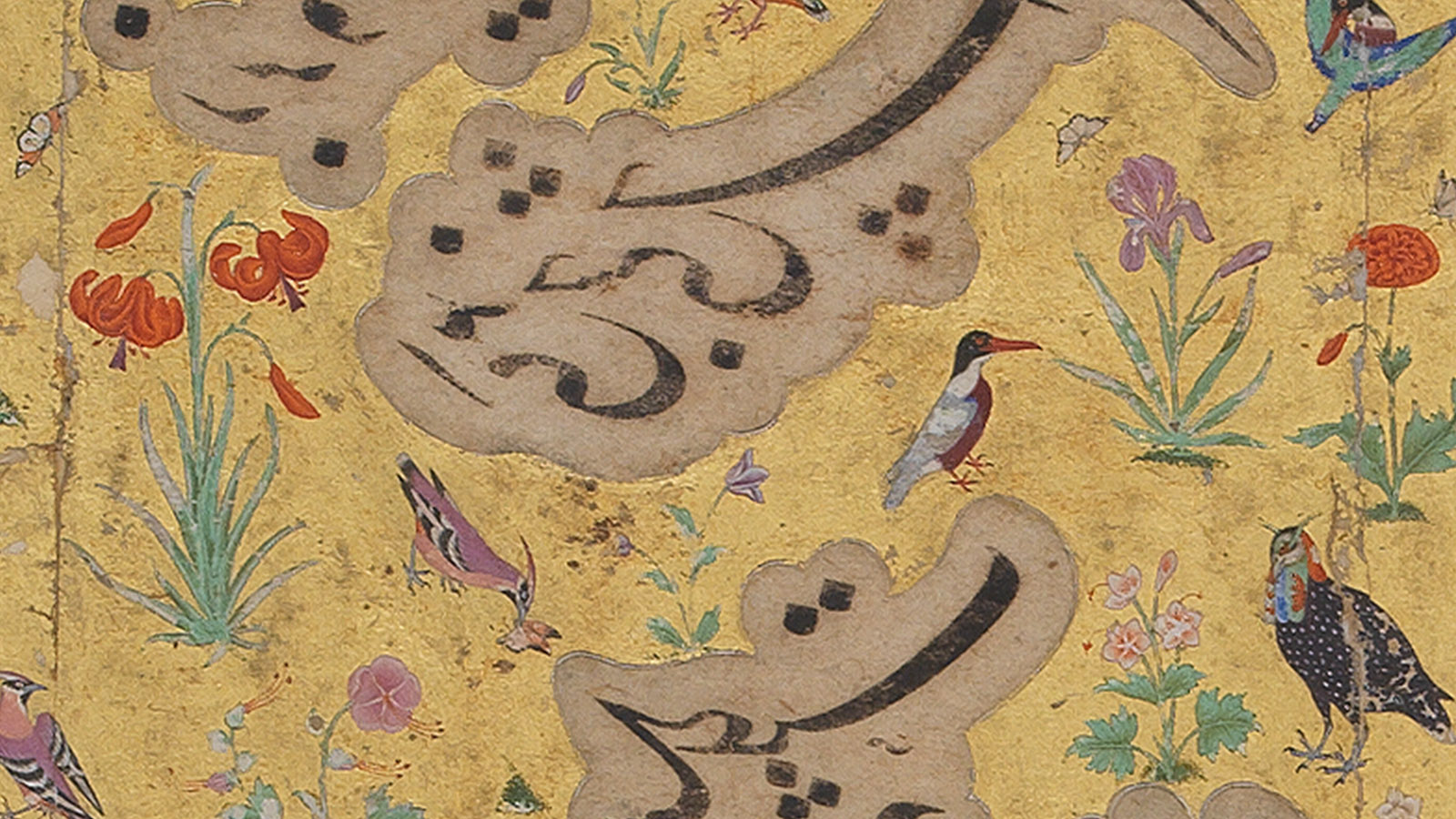Shah Jahan
Shah Jahan ruled the Mughal Empire between 1628 and 1658. During his reign, the empire reached the pinnacle of its glory, making Shah Jahan one of its most important emperors. One of the sons of the fourth Mughal Emperor Jahangir, Shah Jahan fought for the throne in a war of succession after his father’s death, from which he emerged victorious.
His reign became known for great innovations in the field of architecture and the Shah was responsible for the construction of various monuments, including the famous Taj Mahal, in the Indian city of Agra. This impressive mausoleum made out of marble was built to house the tomb of the Emperor’s favourite wife, Mumtaz Mahal, and also contains the tomb of Shah Jahan himself. Other important buildings, like the Red Fort, in Delhi, India, and the Wazir Khan Mosque, in Lahore, Pakistan, were also built by order of the Emperor.
Shah Jahan’s achievements were immortalised in paintings and albums, currently distributed among various international museums, as is the case with some of his personal objects. The Emperor also inspired many artists, like Rembrandt, who produced a series of drawings depicting the Mughal courts, including portraits of Shah Jahan.
In 1927, Calouste Gulbenkian purchased a white jade jug that would become one of the symbols of his collection, not just because of the unique material, but also because of its shape. The jug belonged to a set of 12 pieces and was produced between 1417 and 1449, during the reign of Ulugh Beg. It was handed down between generations: Jahangir acquired the jug and engraved his name on it, leaving it to his son Shah Jahan, who did the same.


The collection also contains another work related to the Emperor, a page of calligraphy by Mir’Ali, a famous Iranian calligrapher from the 16th century, part of a series of albums collectively named ‘Album of the Late Shah Jahan’.
Collection of Stories
Where have the artworks been, before being acquired by Calouste Gulbenkian? Who were their authors and their protagonists? What curiosities do they hide? In this series, discover the various stories behind the Museum's collection.

